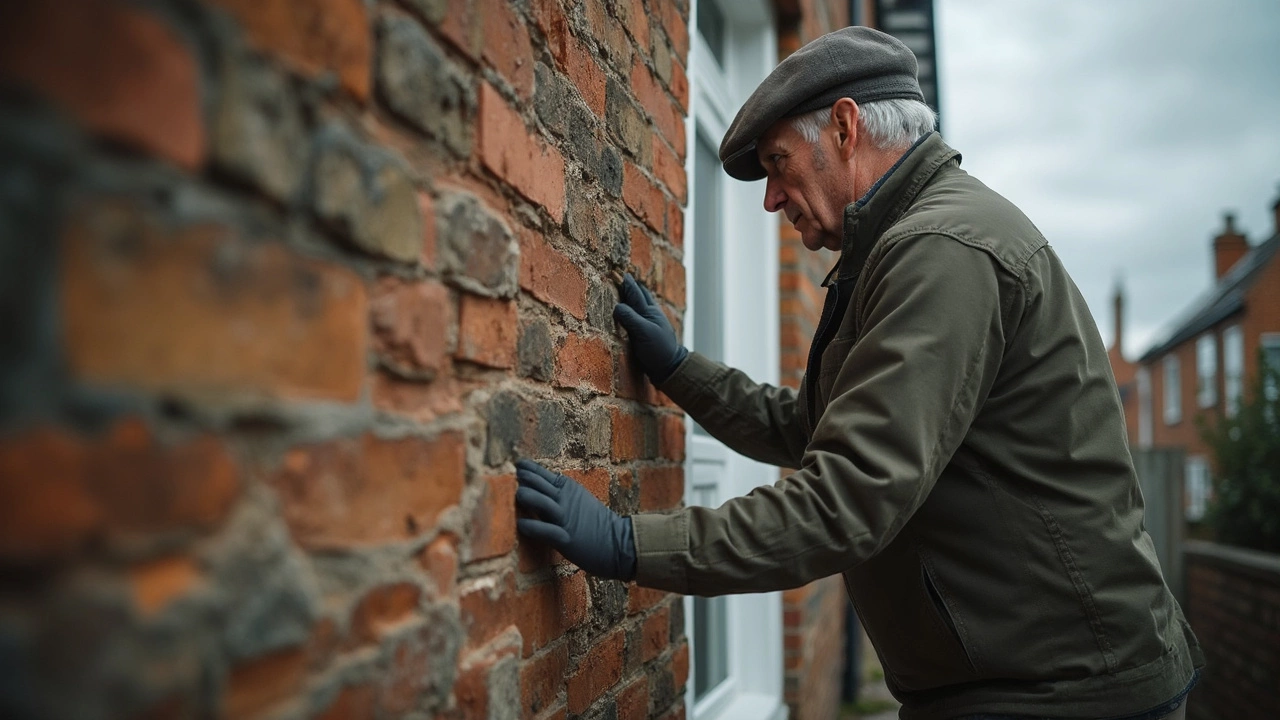Wondering if your home needs major foundation repair? This in-depth article breaks down what counts as major, which signs signal big trouble, and what homeowners can expect from the repair process. You'll learn about repair types, costs, timelines, and some surprising facts every homeowner should know. Don't gamble with your home's most important support—discover the concrete realities of foundation fixes.
Foundation Repair Costs: What to Expect and How to Save
If you notice cracks in walls, uneven floors, or doors that won’t close properly, it could be a sign that your foundation needs work. Fixing a foundation isn’t cheap, but knowing the numbers up front helps you plan and avoid panic.
What Drives Foundation Repair Costs?
First, the type of problem matters. Small settlement issues might only need a few joist shims, while serious water damage can require excavation, new footings, and waterproofing. In the UK, a simple underpinning project can start around £5,000, whereas a large‑scale repair can push past £30,000.
Second, soil conditions play a big role. Clay soils swell and shrink with moisture, meaning more movement and higher repair bills. Sandy or gravelly ground is usually more stable, so the work is quicker and cheaper.
Third, access and location affect price. If the foundation sits under a kitchen or bathroom, contractors must work around existing services, which adds labour time and material costs.
How to Budget and Save on Repairs
Start by getting at least three quotes from reputable firms. Compare what each quote includes – some may bundle waterproofing, others charge extra for site cleanup. Don’t just go for the lowest price; look for clear breakdowns.
Check your home insurance policy. Most standard building insurance covers sudden damage, like a burst pipe, but it often excludes gradual settlement issues. Knowing this can save you from a denied claim later.
If you have a mortgage, ask your lender about a release clause. Some lenders require that foundation work be completed before they release the final loan amount. Planning this ahead prevents funding gaps.
Consider preventative steps. Proper drainage, fixing leaking gutters, and maintaining a stable moisture level around your house can stop many foundation problems before they start. A small investment in a French drain or sump pump might save thousands down the line.
Finally, keep a detailed record of all repairs, invoices, and approvals. This documentation helps if you ever need to sell the house or make an insurance claim. It also shows future buyers that the issue was handled professionally.
Foundation repair can feel overwhelming, but breaking down the costs, understanding what drives them, and checking your insurance coverage turns a shocking bill into a manageable project. With these tips, you’ll know what to expect and how to keep the price in check.
